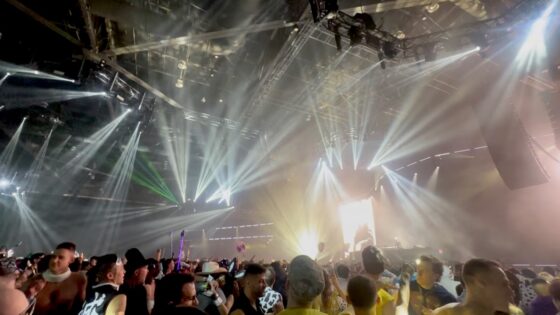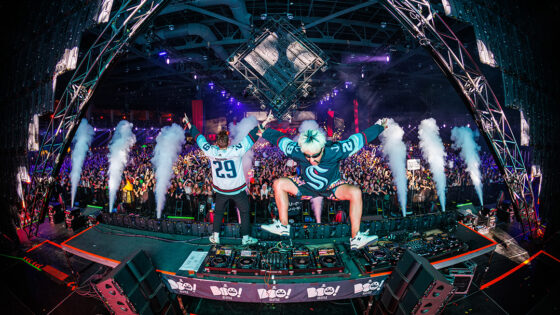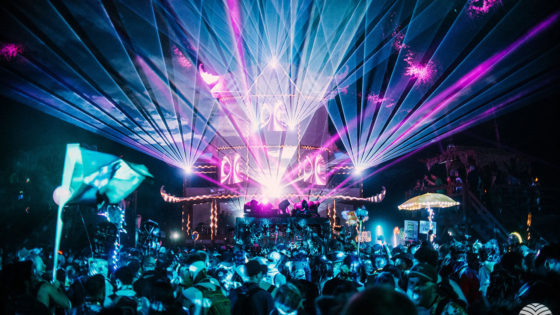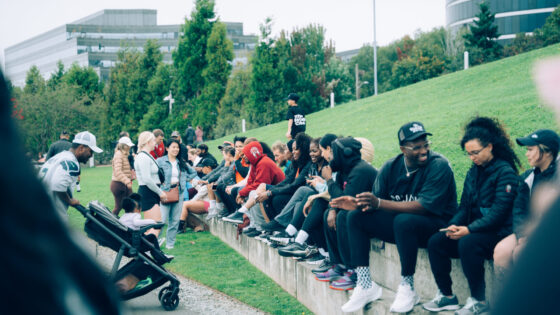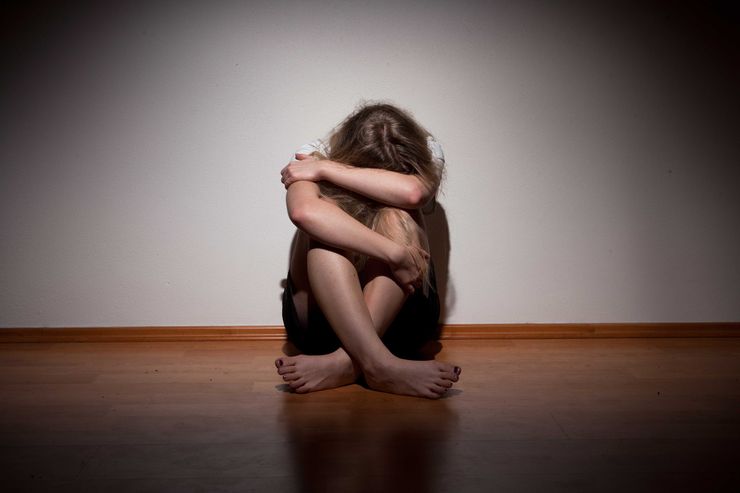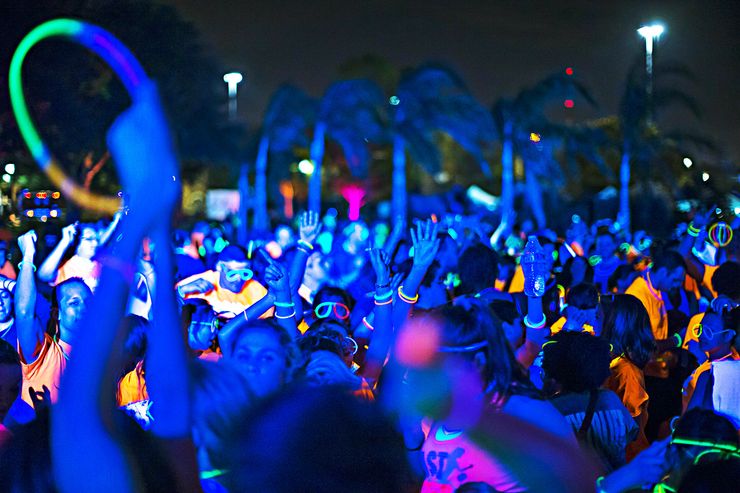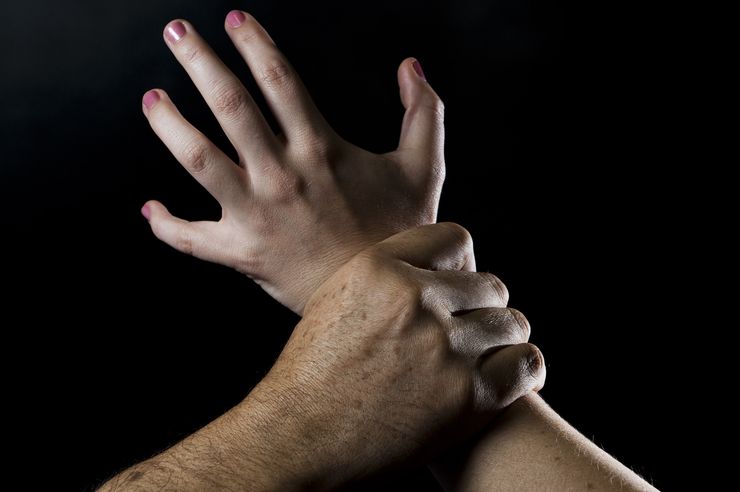When thousands of young, attractive, and barely clothed people congregate together to dance in a relatively small environment, there’s going to be a sexual element. It’s just human nature. And that’s fine, hell, depending on your point of view, it’s encouraged. However, there’s a problem that arises in these environments, and it’s a problem most people are uncomfortable talking about—but it needs to be addressed.
The issue, of course, is sexual assault. Defined by the Department of Justice as ‘any type of sexual contact or behavior that occurs without the explicit consent of the recipient,’ it’s a blanket term that covers unwanted sexual interaction between individuals. Obviously, the solution is pretty clear; just ask for consent before making contact. It’s not exactly rocket science.
That being said, there are people in this world that do not seem to grasp this incredibly simple concept, and will harass and force themselves upon victims regardless of common sense. In order to curb this behavior, it is up to us, as bystanders, to prevent sexual assault. Vassar College’s Sexual Assault and Violence Protection Group (SAVP) outlined a few simple techniques that you can use to keep others safe once you identify that a dangerous event is occurring.
The first of these is to directly step in and intervene, confronting the problem head on. It’s effective in its bluntness, but that is also the technique’s major issue. Intoxicated individuals are likely to become confrontational when approached, so save this method for the sober ones.
Fortunately, there are multitudes of ways that less than sober predators can be handled. The easiest of these is the distraction method, where you divert the attention of him or her—either via conversation or action. This can reduce violent confrontation effectively, and is a very risk-free method to aid those in need.
If the individual in question is too much for you to handle alone, a third bystander prevention technique known as delegation can be extremely helpful. This method involves enlisting the aid of others around you to help prevent sexual assault. Starting a dance party and physically separating the assaulter from his or her victim, initiating group conversations that the assailant can’t avoid; all are viable techniques.
Remember, it’s our responsibility as a community to keep each other safe. It’s our responsibility to create a good environment. It’s up to us. Join Dance Music Northwest and help us keep this scene a healthy environment on Facebook and Twitter.
Important things happen in Pacific Northwest nightlife, and DMNW will send you alerts!







